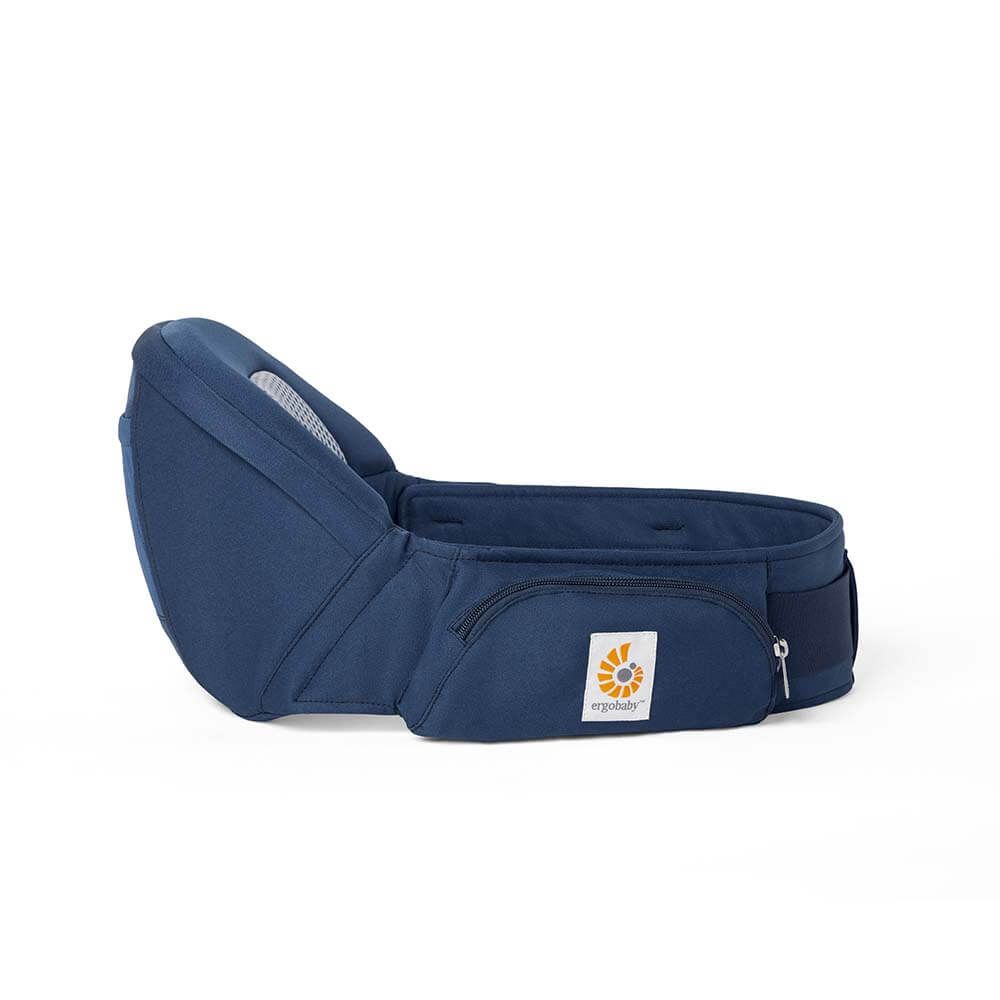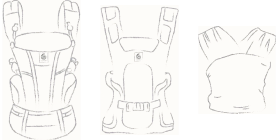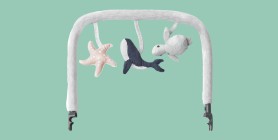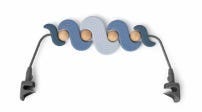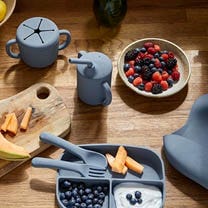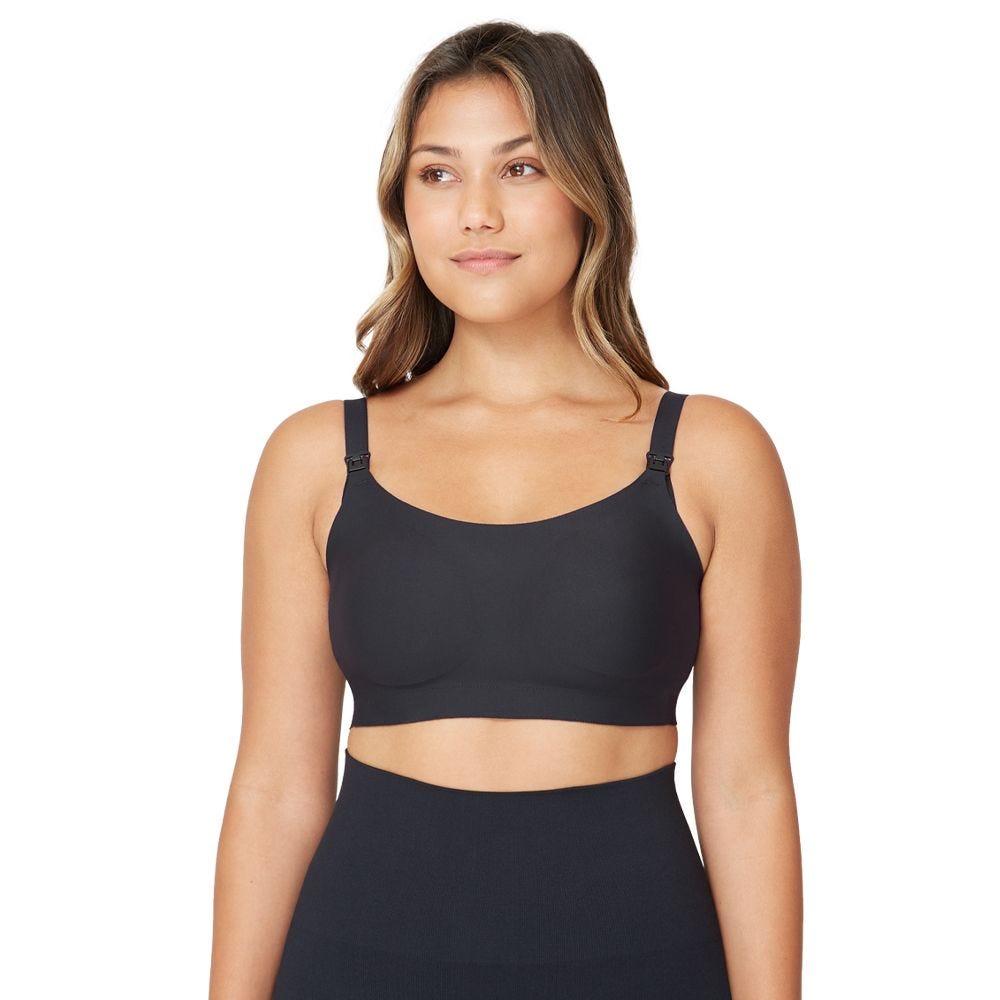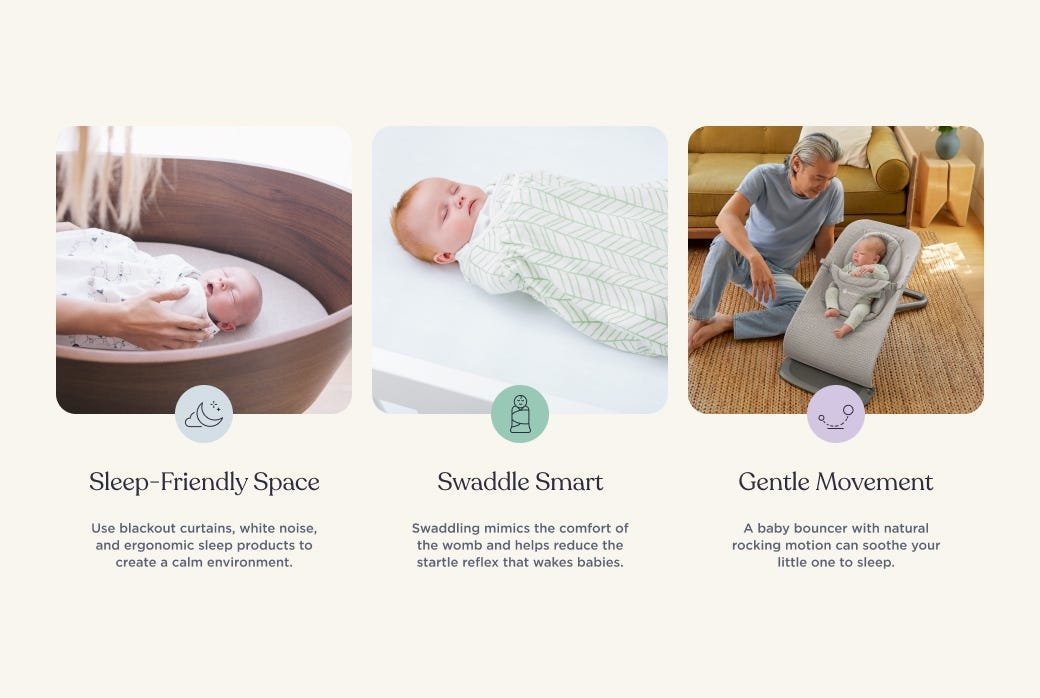Page 2 - Breastfeeding & Nutrition

Breastfeeding Success and Baby Nutrition
Nourish with comfort. Thrive with ease.
From first latch to first foods, we’re here to help you and your baby get the hang of breastfeeding—because your journey should be as easy as it is rewarding.
High expectations. Low milk supply. The two sides of breastfeeding.
Challenging beginnings. Beautiful bonds.
Breastfeeding is a learning curve—for both you and your baby. With thoughtfully designed products, we make it easier for you to feel confident and supported every step of the way.
FAQs: Common Breastfeeding Questions Answered
Breastfeeding, Simplified
plus-circle
How do I get a good latch?
plus-circle
Can I breastfeed in a baby carrier?
plus-circle
What clothing makes breastfeeding easier?
plus-circle
When should I wean my baby?
Breastfeeding Tips from Experts


From Latch to Letdown
• Position your baby comfortably with a supportive breastfeeding pillow.
• Use a baby carrier to feed hands-free while staying close to your baby.
• Try different nursing positions to see what’s comfortable and helps you get a good latch.
• Get a cozy nursing bra for easy feeding, pumping, and all-day comfort.
• Whether it’s breast milk, formula, or a combo of both, fed is best!
• Take care of your mental health so you can care for baby.
Ergonomic Positioning, Meal Time Success
Products Designed for You and Your Baby
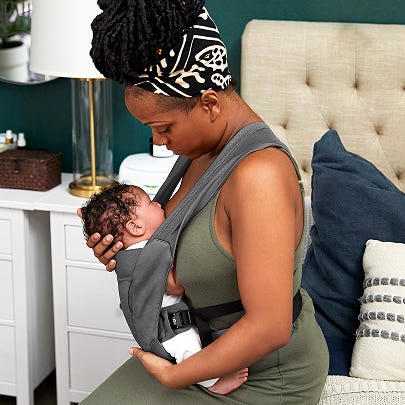
Newborn Advantage
When everything’s new, the Ergobaby Embrace baby carrier helps you and your newborn get into the rhythm of breastfeeding.

Options for Every Budget
Pre-loved and on sale carriers so you don’t have to settle for less.

Featured Breastfeeding Essentials and First Food Helpers
Your Feeding Journey Starts Here
Featured Products for Better Sleep
Sleep Essentials to Save Your Nights
Make Breastfeeding Easier Today
Comfort, Convenience, Confidence—All in One Place
Whether you're feeding at home or on the go, Ergobaby has the tools you need to nourish your baby and yourself.
Blog Post Header
While most new mamas love breastfeeding time with their new little one, most also look forward to the day their partner can take part in feeding the baby, too (usually late at night so mom can get a little sleep!) So naturally a burning question on many new parents’ minds is: When is it okay to give my baby a bottle? Most experts agree that if things are going well with breastfeeding, and there is no indication or medical reason that your baby needs to be supplemented or fed with a bottle, it is in your breastfeeding and baby’s best interest to hold off for approximately 3 to 4 weeks before introducing bottle feeding. By following this general guideline, you will have well established your breastfeeding routine. After about a month, you will have let the baby dictate your milk supply before introducing something new. However, if you wait too long—usually more than 6 weeks—there is a risk that your baby may refuse the bottle. To feed your baby via a bottle, parents can use either expressed
Oh, the joys of pregnancy! As soon as you announce your pregnancy, everyone under the sun, from your mother-in-law to your massage therapist, starts to pepper you with advice. A lot of is helpful, but some of it is downright wrong, especially as it relates to what to eat to fuel your growing baby. Here’s a no-nonsense list of foods that are packed with the essential nutrients your little one needs for healthy growth and development. Time to eat up momma!
Avocado
If you've been plagued by leg cramps during your pregnancy, it's time to get more avocado. Half of this creamy, delicious fruit contains 345mg of potassium, 114 calories, and nearly 5g of fiber. A lack of potassium can cause leg muscles to cramp. During pregnancy you need 4700mg daily of the mineral, which sounds like a shocking amount, but most fruits and vegetables contain at least some potassium. If you’re breastfeeding, that amount jumps to 5100mg per day, so it’s smart to get used to packing lots of this important electrolyte
How much is too much?
Aiming forFirst Trimester Nutrients
A well balanced diet is key throughout your entire pregnancy, but certain nutrients play an essential role in each trimester. Basic water-soluble vitamins B & C become a focal point in the first trimester. The most well know first trimester vitamin is B9, folate, which helps protect your baby from the risk of neural tube defects. Vitamin C is important during all stages of pregnancy, but it works to support your immune system in the first trimester, which is often taxed in early pregnancy.photo courtesy of Lindsey Shipley/Lactation Link
Your body is your baby's first home, and this relationship doesn’t need to end just because he’s out of the womb. Now out in the world, your babe wants to spend all of his time on top of your body. This is where he first learns about scent, touch, sight, hearing, taste and trust, along with many other things. Skin to skin, also known as Kangaroo Care, is a way to maintain that unique closeness you and baby shared when he was in your womb. Kangaroo care refers to the practice of holding your diapered babe—be he premature, full term or anytime during infancy—against your bare chest, with either a shirt or a blanket around the baby’s back to keep him warm. This snuggling of the infant against the body makes like a kangaroo’s pouch—hence the name, Kangaroo Care. Kangaroo Care can begin in most cases immediately after birth and can continue as long as you want to practice. There is no age at which skin to skin is no longer recommended. Skin
Routine #1: Lemon Water
I try to start every day with 8 ounces of room temperature or warm water with juice from 1/2 a lemon.Routine # 2: Green Smoothies
We have a green smoothie every day before breakfast. It took awhile for this to become a habit, but when I got pregnant I drank one every single day, and have ever since. You can get so many nutrients from a smoothie and it's just aWhile some women never experience nipple pain when breastfeeding, for many new mothers nipple soreness in the first few days is very common. In fact, sore nipples are the number one reason most women give up on breastfeeding. It’s really a shameful statistic, since, for most women, the pain and tenderness is only temporary and usually lessens after a matter of days. In the first few days of breastfeeding, tender and sore nipples are to be expected. However, cracked and bleeding nipple conditions that last longer than a week should send a signal to new mothers that something more is going on, and it may be time to seek professional help. When a baby first latches on, there may be some level of pain. I always tell my clients to count to 30 and see if the pain level abates. If her pain doesn’t lessen up, it probably means they baby has not latched on or positioned properly. The solution is simple: try to take her off and latch her back on again. Your nipple should look
 When I first discovered I'd be having a C-section, I felt frightened and overwhelmed. Like many new moms, my C-section was unexpected and I hadn't thought about it or prepared for it. While meeting my son for the first time was incredible, my overall experience was very negative. I had missed out on some essential bonding time with my baby after delivery; struggled with breastfeeding; and overall, did not feel adequately supported.
When I was pregnant with my daughter, I knew that if I needed another C-section, I wanted it to be very different from my first experience. I spoke with several maternal health professionals, had a prenatal visit with a lactation consultant, and created a plan to have a better c-section. My second c-section was a remarkably smoother and very positive experience. Here are some tips that have helped me have a better C-section experience.
When I first discovered I'd be having a C-section, I felt frightened and overwhelmed. Like many new moms, my C-section was unexpected and I hadn't thought about it or prepared for it. While meeting my son for the first time was incredible, my overall experience was very negative. I had missed out on some essential bonding time with my baby after delivery; struggled with breastfeeding; and overall, did not feel adequately supported.
When I was pregnant with my daughter, I knew that if I needed another C-section, I wanted it to be very different from my first experience. I spoke with several maternal health professionals, had a prenatal visit with a lactation consultant, and created a plan to have a better c-section. My second c-section was a remarkably smoother and very positive experience. Here are some tips that have helped me have a better C-section experience.
1. Know your hospital policies
Make sure to inquire about your hospitals policies regarding the care of you and your baby. Is The tiny girl that I carried for nine months and could hardly imagine is finally here in my life and it’s truly extraordinary. I was so distracted by my two-year-old son during this pregnancy that I really could never wrap my mind around the idea of two --- although I’m not sure I could imagine life with my son before he was born either. These first few weeks with León have been hectic, challenging, exciting and undeniably sweet. When I was finally feeling up to it, we decided that we wanted to be surrounded by our close family to help with the transition from one child to two. We ended up traveling a lot to my husband’s parents’ house and to my mom’s house. Packing up everything we needed every time we left was tedious and time
The tiny girl that I carried for nine months and could hardly imagine is finally here in my life and it’s truly extraordinary. I was so distracted by my two-year-old son during this pregnancy that I really could never wrap my mind around the idea of two --- although I’m not sure I could imagine life with my son before he was born either. These first few weeks with León have been hectic, challenging, exciting and undeniably sweet. When I was finally feeling up to it, we decided that we wanted to be surrounded by our close family to help with the transition from one child to two. We ended up traveling a lot to my husband’s parents’ house and to my mom’s house. Packing up everything we needed every time we left was tedious and time 




